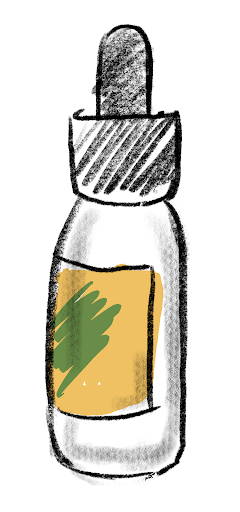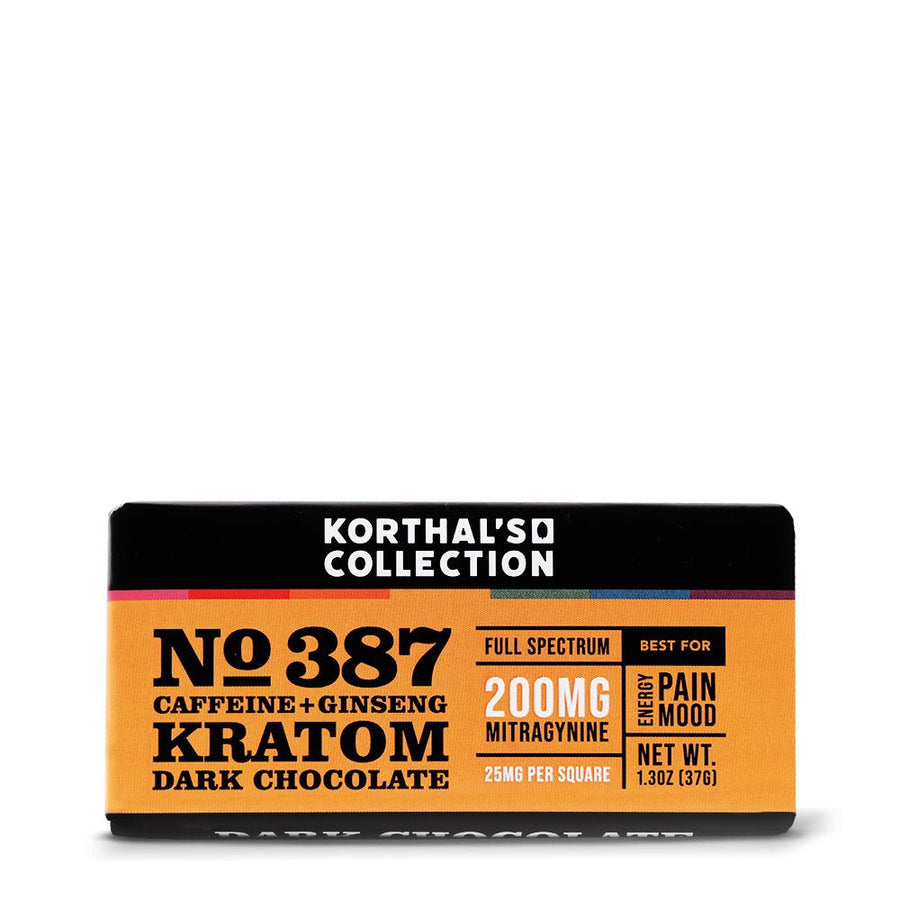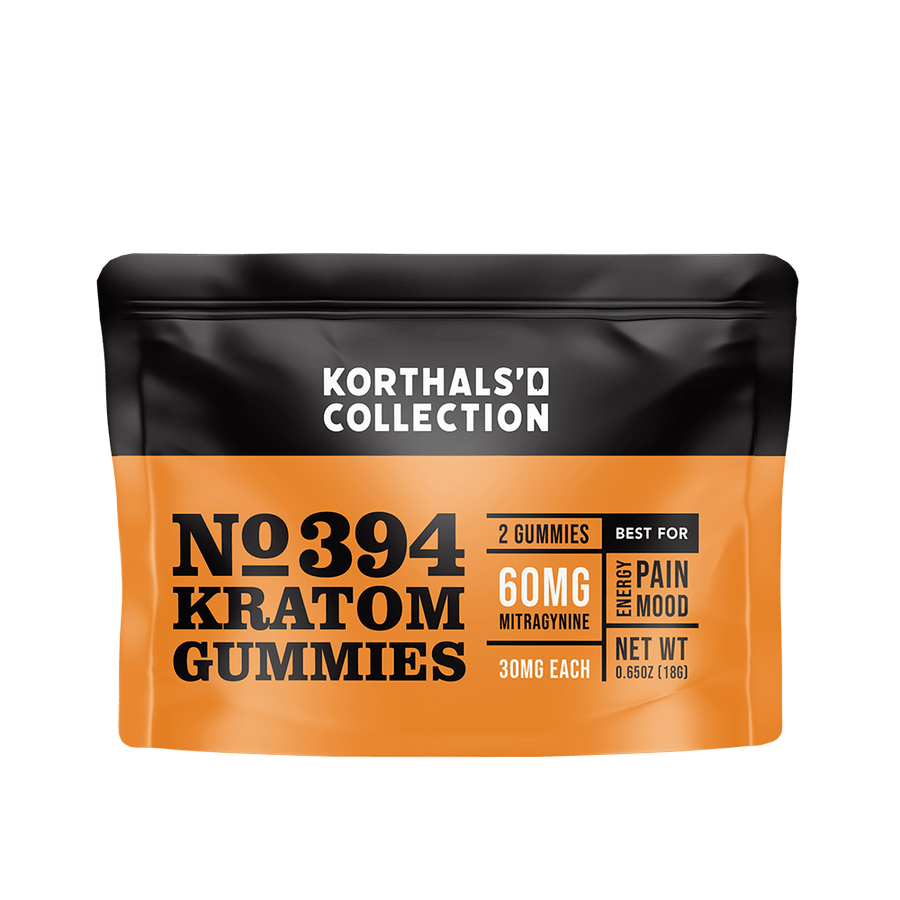
Tetrahydrocannabinol Acetate or THC-O Acetate (THC-O) is a hemp-derived isomer with strong psychotropic properties, meaning it has the ability to alter mood, behavior, and perception. It is sometimes referred to as “the spiritual cannabinoid.” THC-O may also help reduce pain, promote relaxation, and decrease stress. This novel cannabinoid starts as cannabidiol (CBD) before being converted into Delta-9 THC, then Delta-8 THC, and finally forming THC-O by using specific acids to acetylate. This conversion process ensures the THC-O product contains less than 0.3% Delta-9 THC. THC-O has similar effects to Delta-9 THC, the main psychotropic compound in the cannabis plant. The primary difference is how these cannabinoids interact with your body on a molecular level. There is a delayed onset of effects with THC-O, and its effects are much stronger than Delta-9 THC and Delta-8 THC.
How Does THC-O Work?
The human body naturally produces cannabinoids which are called endocannabinoids. These compounds work in the endocannabinoid system to maintain homeostasis or balance within the body by binding with Cannabinoid-1 (CB1) and Cannabinoid-2 (CB2) receptors. Cannabinoids, like THC-O, can imitate endocannabinoids and bind or interact with the receptors, helping to send signals to the body to improve health and overall balance in the system. When THC-O enters your system, it must be metabolized to deacetylate before producing effects. After THC-O metabolizes, it will produce benefits and effects similar to other forms of THC by binding with CB1 and CB2 receptors. For many consumers, THC-O produces strong psychotropic effects, boosts mood, provides full body relaxation, and acts as a sleep aid.
What Are the Different Forms of THC?
When people refer to THC, they are usually talking about Delta-9 THC despite the multiple forms of THC found in the cannabis plant. You may be familiar with some of the following forms of THC:
• Tetrahydrocannabinolic acid (THCA) is a compound found in the cannabis plant, known to be a precursor to Delta-9 THC, and it may be beneficial in helping to ease nausea.
• Delta-9 THC is the main psychoactive cannabinoid found in the cannabis plant, and it can alter your perception by binding to the receptors in your body that affect coordination, thinking, concentration, and pleasure. Research indicates that Delta-9 THC may also have restorative effects to aid in pain relief, sleep, and appetite issues.
• Delta-8 THC has similar effects to Delta-9 THC, but its effects are much milder. There is a slight difference in the way it interacts with your ECS to produce more physical relaxation, and it may even aid in sleep for many consumers.
• Delta-10 THC has similar effects to Delta-9 THC and Delta-8 THC, but it is much milder than these forms of THC. Its energizing effects also differ significantly from Delta-9 THC and Delta-8 THC. Many consumers have found Delta-10 THC beneficial for encouraging creativity, increasing focus, and promoting alertness.
• Tetrahydrocannabivarin (THCv) is a lesser known cannabinoid present in low amounts in the cannabis plant. Its benefits may include reducing stress, relieving symptoms related to anxiety or panic attacks, and acting as appetite suppressant.
• THC-O is a hemp-derived isomer converted from CBD with strong psychotropic properties, and it may also help reduce pain, promote relaxation, and decrease stress.
What Are the Effects of THC-O?
THC-O is well-known for its strong psychotropic effects which contribute to boosting mood, enhancing creativity, and providing a sense of euphoria—hence the nickname “the spiritual cannabinoid.” Many consumers have also found THC-O beneficial to manage depression, aid in sleep, and provide full body relaxation. Research indicates THC-O has anti-inflammatory properties which may help reduce pain. THC-O is a relatively new discovery, so researchers have not yet determined its full potential or effects. This cannabinoid may also be mentally uplifting and helpful for decreasing stress. Similar to Delta-8 THC, Delta-9 THC, and Delta-10 THC, THC-O may increase appetite. Moderate to high amounts of THC-O produces a more immersive experience which makes it ideal for individuals practicing meditation or breathwork. While many consumers find THC-O products essential in their wellness routines, these products are not one-size-fits-all. Before introducing THC-O into your routine, discussing your options with a healthcare professional and seeking more information may be helpful.
How Much THC-O Should I Take?
The amount of THC-O you choose to take will vary depending on your specific needs and/or desired effects. Compared to other cannabinoids, THC-O has a delayed onset. THC-O is considered three times stronger than Delta-9 THC and five times stronger than Delta-8 THC. Starting with a low dose may help you determine your specific response and tolerance for a THC-O product. We suggest starting with the recommended serving size and gradually increasing or decreasing in different sessions as needed to feel your desired effects. Cannabinoids are fat-soluble and interact with phytochemicals, like terpenes, so the food you eat may impact your personal experience. Depending on the form of THC-O you take, you are likely to feel different effects at different intervals throughout your experience with the product.

Is THC-O Legal?
The 2018 Farm Bill confirms all derivatives, isomers, and cannabinoids in hemp are legal. However, the bill set restrictions stating all final products must contain 0.3% or less of Delta-9 THC. THC-O products we sell are derived from hemp and will always contain 0.3% or less Delta-9 THC. Although there are no current age restrictions from the federal government on hemp derived products, the company policy for our stores is to sell to those 18 years of age or older. Federal regulations state inhalants can only be consumed by those who are 21 years of age and older in the United States, so THC-O smokables are an age-restricted product.
Does THC-O Show Up on a Drug Test?
Metabolites are your body’s reaction to consuming any form of THC, including THC-O, and these metabolites will trigger many drug tests. Different methods of delivery produce varying levels of metabolites within your body. As a precaution, you should not take these products if you need to pass a drug test.
How Does THC-O Interact with CBD?
THC-O can be combined with other cannabinoids, like CBD, to create an entourage effect which may enhance the effects of all combined cannabinoids. Research suggests the protective effects of CBD may counteract some of the negative effects of THC, so you may find a product with CBD and THC-O helpful in reducing undesirable effects, like paranoia or anxiety. You may consider full spectrum products or combining THC-O with other cannabinoids, like CBD, to increase the benefits. We offer a wide range of products that combine THC-O with other cannabinoids.
What Are the Different Ways To Take THC-O?
THC-O is available in several forms including oils, tinctures, cartridges, edibles, beverages, and topicals. We also offer THC-O products that combine benefits of other terpenes and cannabinoids. Before introducing THC-O into your routine, we recommend consulting with a healthcare professional. Your body's reaction varies due to the method of delivery; this explains varying onset time and duration of effects. With THC-O, there is a noticeable delay in the onset of effects.
Tinctures/Oils
Tinctures or oils are a popular method for taking THC-O due their convenience. Apply the recommended dosage under your tongue with the dropper and hold the oil in place for a minimum of 60 seconds to allow for maximum absorption through the capillaries. After holding for the allotted time, swallow the THC-O oil. You will likely begin to feel the effects of a tincture or oil within an hour or an hour and a half. Typically, consumers report the effects last for about three to five hours.


Smokables
Smoking or vaping is one of the easiest ways to consume THC-O, and it provides more bioavailability which means you can absorb more of the THC-O than you would with other forms, like edibles. With smokable products, you inhale the THC-O which is then absorbed through the lungs and into the bloodstream. You will likely begin to feel the effects of smokables within 30-60 minutes, and these effects may last anywhere between two to three hours.
Edibles
Edibles, like gummies or caramels, are an easy and discreet way to try THC-O. This form introduces THC-O through the digestive system into the bloodstream. You will likely begin to feel the effects of edibles within an hour and half or two hours. The effects of edibles typically last longer than other THC-O methods of delivery, about six to ten hours.

How Can I Find the Right Product?
Finding the right THC-O product will depend largely on your needs, wants, and preferences. Many customers find personal consultations helpful in determining which cannabinoid and method of delivery works best for them. Visit us in-store for a personal consultation with our doyens.




















































